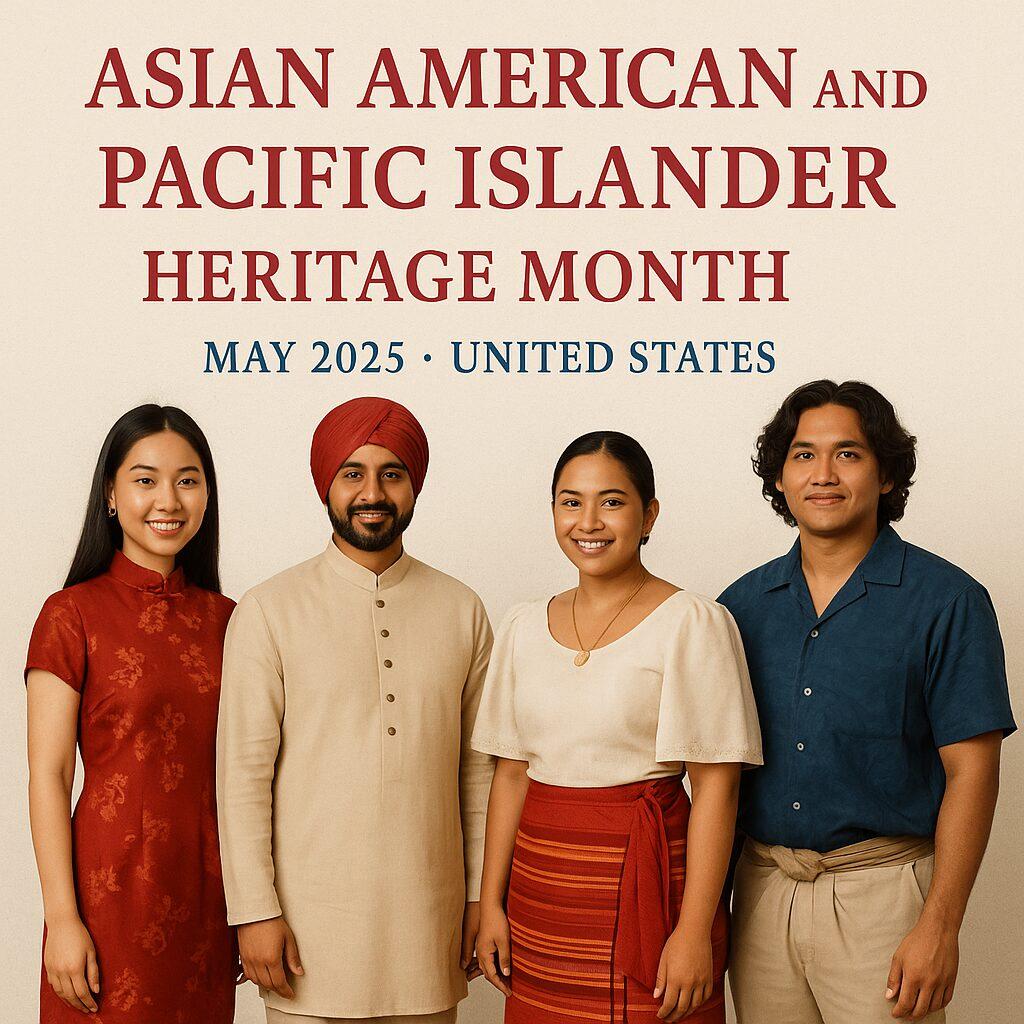AB 503 Creates Transparency, Accountability; Inspired by Greenlining Institute Report
Contact: Bruce Mirken, Greenlining Institute Media Relations Director, 510-926-4022; 415-846-7758 (cell)
SACRAMENTO – Inspired in part by a report issued last year by The Greenlining Institute, Assembly members Bob Wieckowski (D-Fremont) and Rob Bonta (D-Oakland) have renewed their effort to ensure that the public knows how not-for-profit hospitals are earning their tax-exempt status. Assembly Bill 503, as just amended by the authors, provides greatly increased transparency and accountability for hospital “community benefit” spending.
The bill is co-sponsored by The Greenlining Institute, California Nurses Association, and California Rural Legal Assistance Foundation.
“These hospitals get a massive tax break for operating for the benefit of the community, but today it’s nearly impossible to get a true picture of whether they’re spending these community benefit dollars in ways that truly help communities in need,” said Greenlining Institute Health Policy Director Carla Saporta. “AB 503 will help make sure we know whether these hospitals are earning their tax exemption, give communities a voice in the process, and help our health care system reflect the needs of the 21stcentury.”
The bill:
- Creates transparency by directing the Office of Statewide Health Planning and Development to develop a standardized format for community health plans and standardized methodology for estimating the economic value of community benefits. It also requires that community health needs assessments and community benefit plans be posted online.
- Brings the community into the process of developing community health needs assessments, requiring hospitals to obtain comments from local health care providers, nurses, patients, community groups and health-related organizations and to include at least one member from an underserved or vulnerable population on their community benefit planning committees.
- Stipulates that 90 percent of available community benefit moneys be “allocated to charity care and projects that improve community health for underserved and vulnerable populations,” and that at least 25 percent be “be allocated to community building activities geographically located within underserved and vulnerable populations.” Community building activities address the root causes of why people get sick where they live and work, including programs such as efforts to improving unhealthy housing conditions for those living with asthma and educating young people about health careers.





